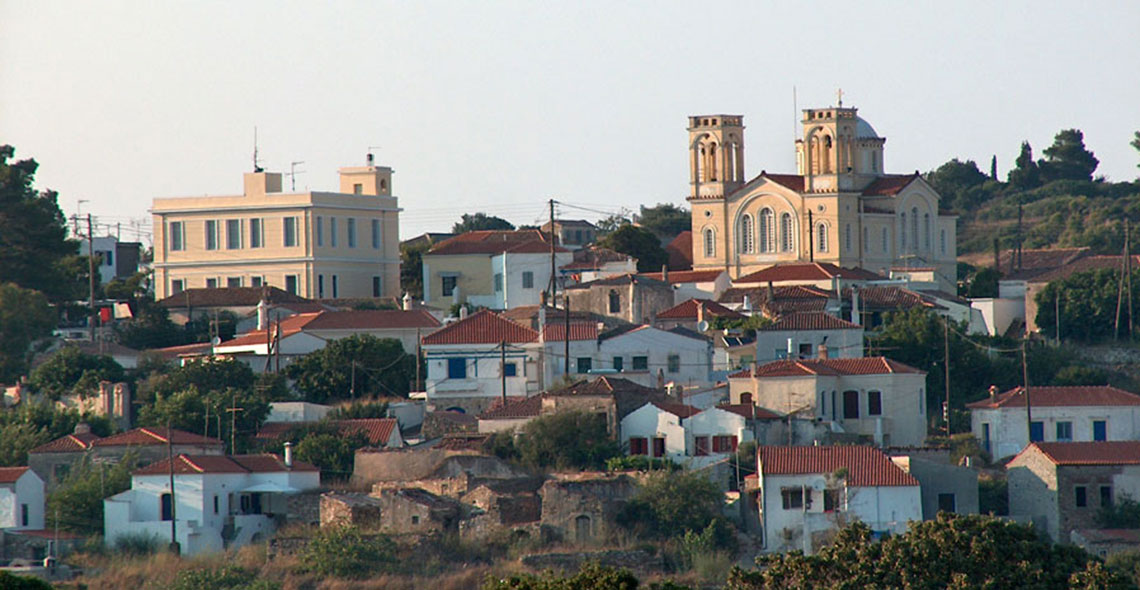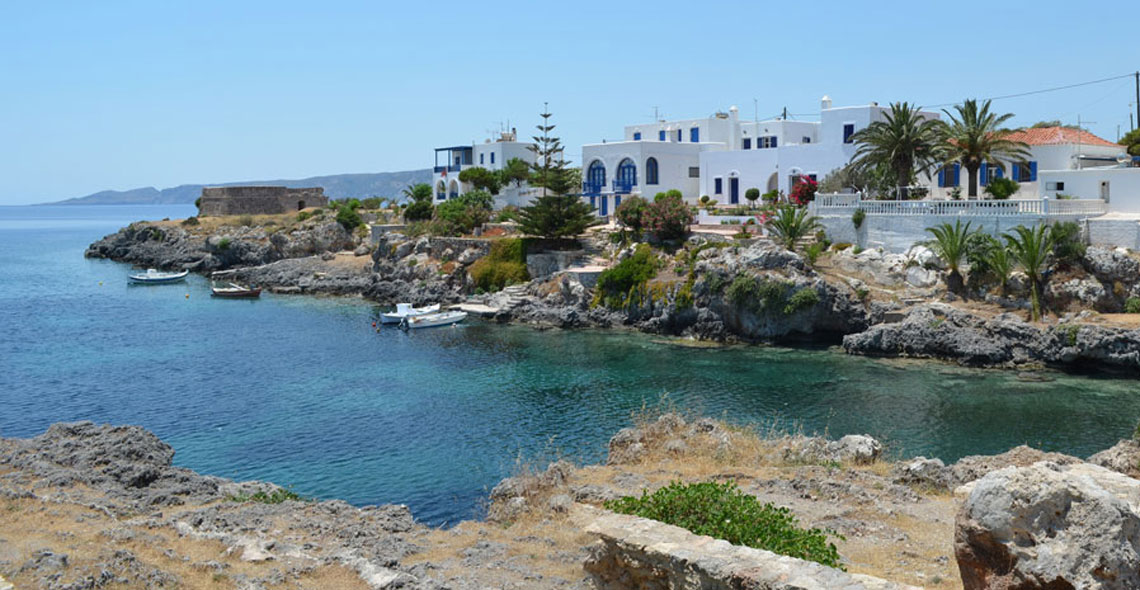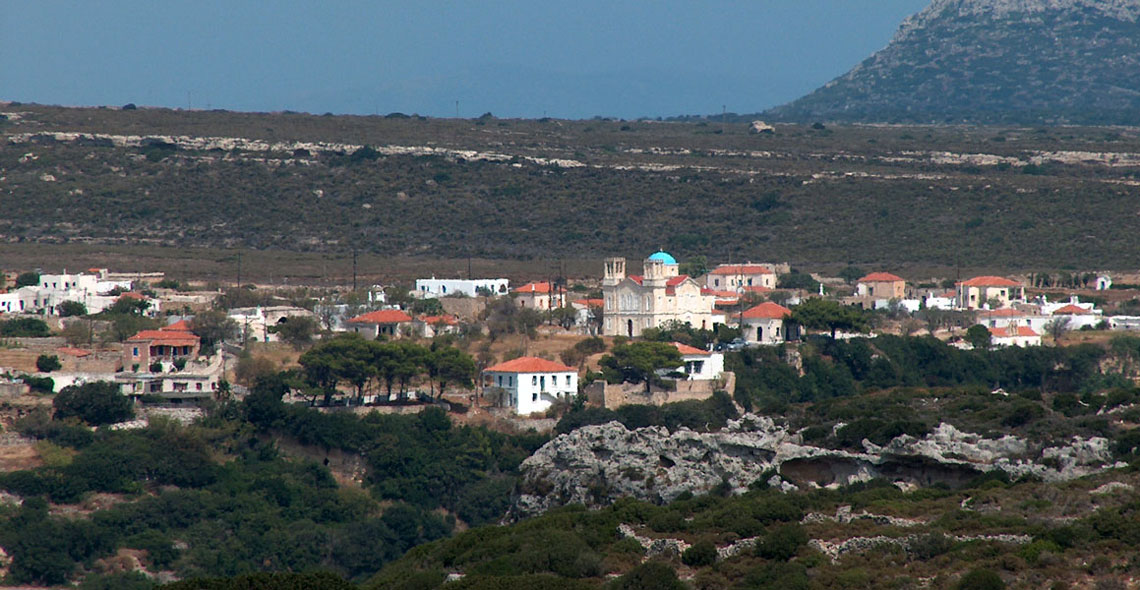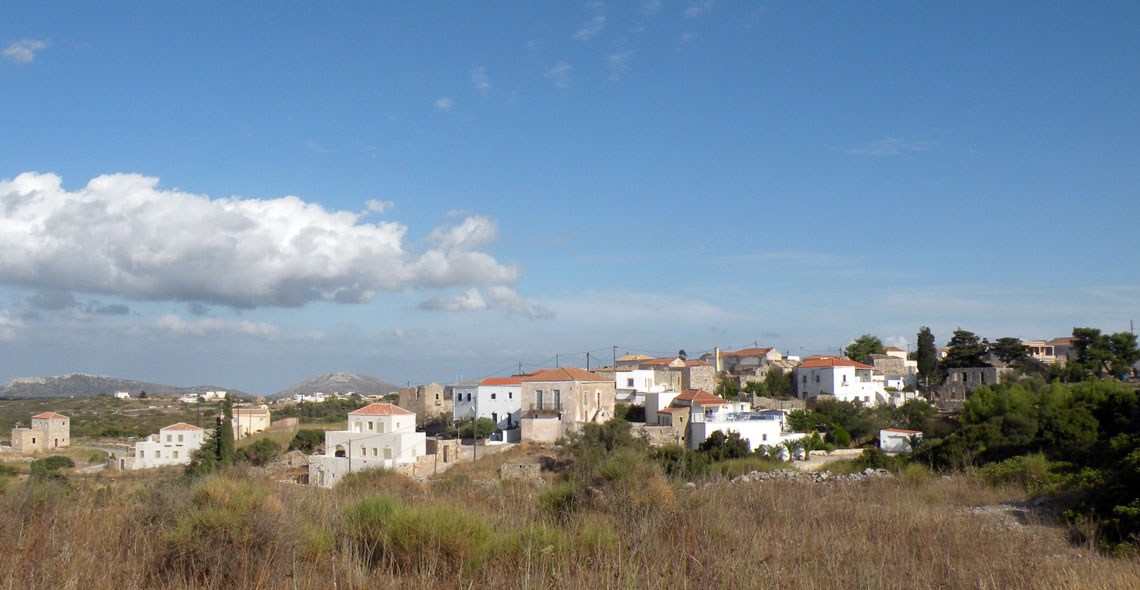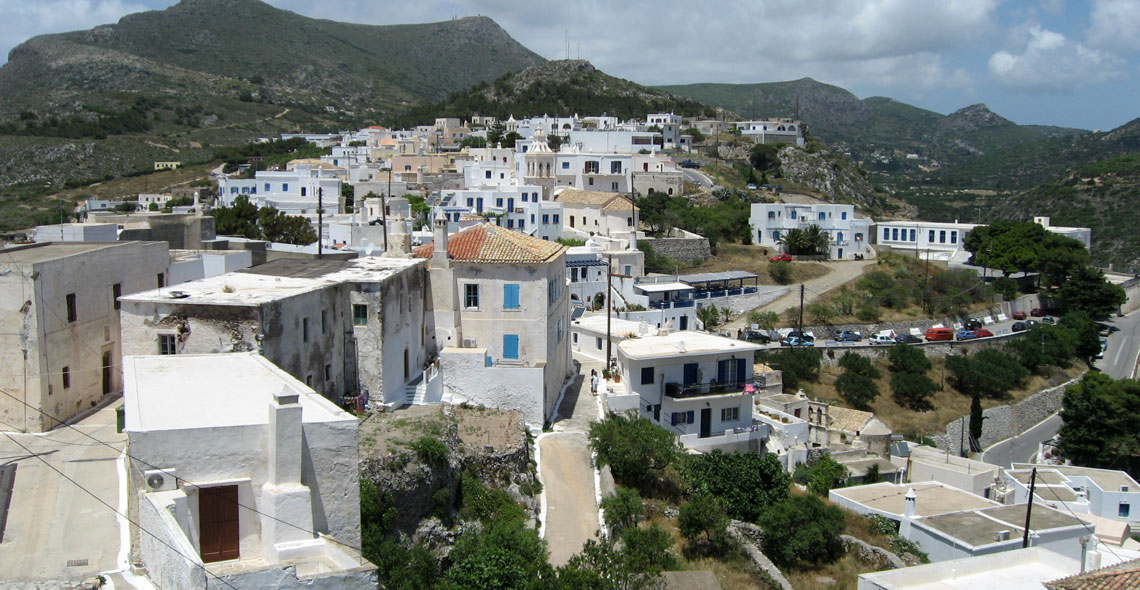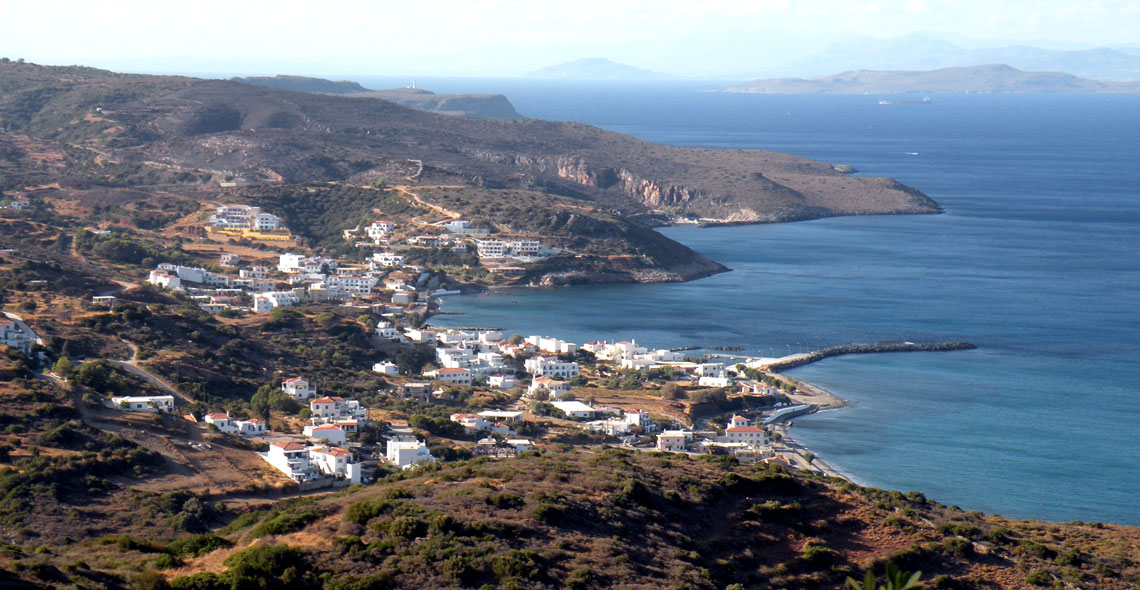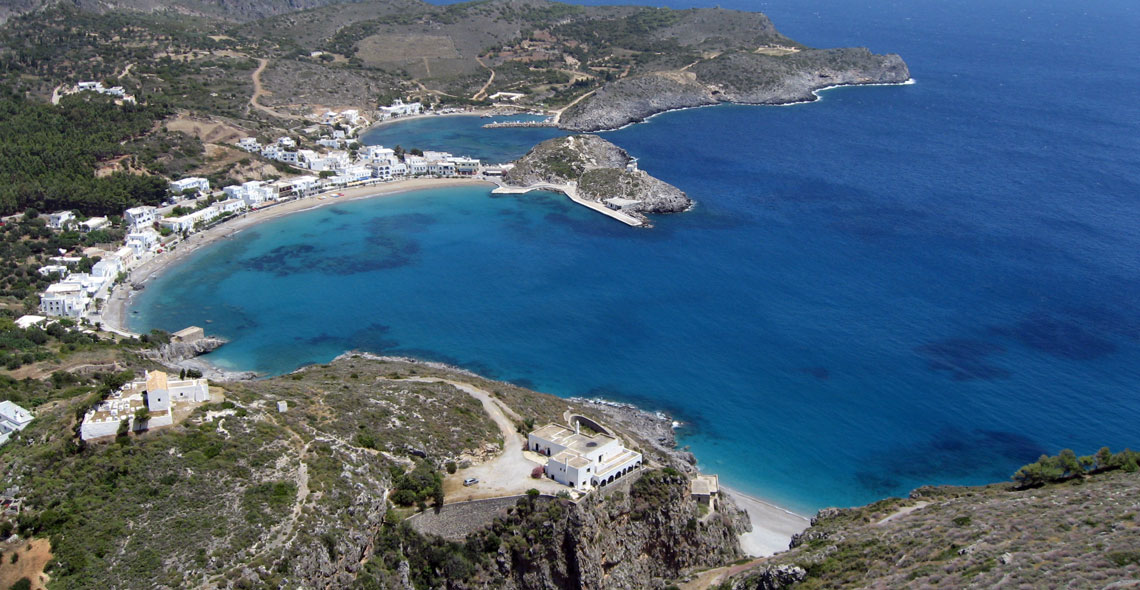Chora
The capital of the island, stretches out around the Venetian castle of the 13th century – renovated by the Venetians in 1503 – to share with it an overwhelming view to the Cretan Sea. On the cliffs around the castle a small yellow jewel of a flower grows; sempreviva is peculiar to the island.
White little houses squeeze each other to fit in the narrow cobbled streets that go whirling uphill and past tiny little churches and Venetian mansions with beautiful gardens. Your need for a rest will be met at the cafés of the two scenic squares of the village. But if you feel like having a delicious meal or a drink, walk downhill to Kapsáli.
Kapsali
Kapsali could be said to be the busiest spot for tourists. Full of cafés, tavernas, bars and boasting a marina too, Kapsáli is where the night of the island turns energetic and eager for a meeting and romance!
Avlemonas
The number of the aficionados of the island is a multi-digit one. Most of them agree that Avlemonas is the most beautiful village of it. Crystal blue-azul waters bathe the frisky morphology of little bays to match with the cycladic architecture of the houses and the cobblestone paths around them into an attractive ambience of recreation and wellness.
Potamos
The biggest village of the island. Even on a cool winter day, when the inhabitants of Kythera generally stay in, there will always be some chatters and banters at the cafés of the central square of Potamós. On Sundays, the flea market is just another excuse for the villagers to go out again, meet their friends, have a mezé and some ouzo with them, and enjoy the atmosphere of their fantastic place. And guess what: they are open and friendly and welcome visitors to join them! Don’t forget to visit the historic building of the English school. In the summer, musical concerts and theatre shows often take place in the open air municipal theatre which is located at the east, towards Agia Pelagia.
Agia Pelagia
one of the biggest villages of Kythera and undoubtedly its accommodation, food and shopping centre. People tend to stay there not only because of the beautiful nearby beaches, but also for the joys of caving. In fact, the 120m² large cave of Saint Sophia (one of the three of the island with the same name) and the cave of Venus in the ravine of Galani are definitely worth a visit. You are going to love the island anyway; but for those who might wish to spend there the rest of their lives, their chance flows in the potable waters of the source at the entrance of Agia Pelagia: legend has it that if you drink from that source, you’ll get married on Kythera!
Mylopotamos
The village had been founded by the Venetians. The Saint Mark’s Lion symbol of the “Serenissima” Republic of Venice still adorns the gate of the remains of the castle (built in 1565) in the Káto Chóra neighbourhood. The village is beauteous for the running waters, the plane trees, the ponds with the ducks, the traditional architecture, and the astonishing falls of the Fónissa ravine. Walk down the latter to marvel at a spectacular row of watermills and waterfalls. You’ll be in awe when you will have reached the quite beach of Kalámi. Mountaineering equipment recommended.
Mitata
If lush vegetation is your thing, then you’ll surprise no one by stating that you regard this village as the top beauty of Kýthera. With an exhilarating view to the gorge of Tsákonas, the village lazily enjoys its position amongst trees, shrubs, and plants. This rich vegetation is the habitat of a variety of nectarines that is unique to this place. Before watering your mouth, this fruit will bring a delightful sensation to your touch; that’s why the locals call them “breasts of Aphrodite”.
Aroniadika
With an architecture recalling the southern Peloponnesian one, this traditional village is one of the island’s crossroads. The visitors are impressed by the myriad forms of the chimneys of the houses of the village. In its proximity, visit the Paleochora Castle, the Byzantine capital of the island. The castle was built in the 13th century, but it was destroyed by the pirate Barbarossa in 1537. Nowadays the whole area has a wild, somewhat uncanny attractiveness. On the walls of some of the ruins there are marvellous frescoes too. Don’t miss out on a visit here!
Kalamos
For the fans of agrotourism Kálamos is the place to be. The farming heart of the island beats here. Vegetable gardens, orchards, and vineyards provide the locals with the prodigies of the Kytherian nature that are available for you to taste in the tavernas of the area.
Diakofti
It was in 1995, when building the main port of the island finished, that this area started turning into a developed one. In just a matter of years, a place, which used to be just an area with some sparse houses, is now a busy village where you can stay, eat, and swim. The 800m² underground cave of Choustí, where very important archaeological findings have been brought to light, is also here.


 Ελληνικά
Ελληνικά